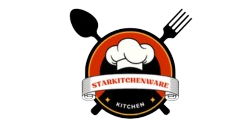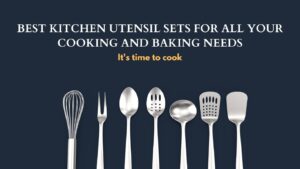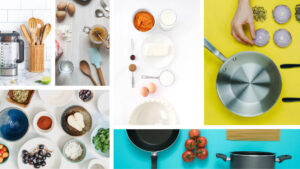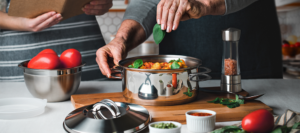Kitchen knives are one of the foremost important items in any kitchen. With them, it’s possible to chop food accurately and to the desired size. Something that’s not always achieved with chopping or grinding appliances.
To be successful in the purchase of a kitchen knife. It is important to consider factors such as the material of the blade and the handle. They will give us a thought about its useful life and can influence its effectiveness when cutting, peeling, slicing. Fillet or chop, since for every task there’s usually an appropriate knife.
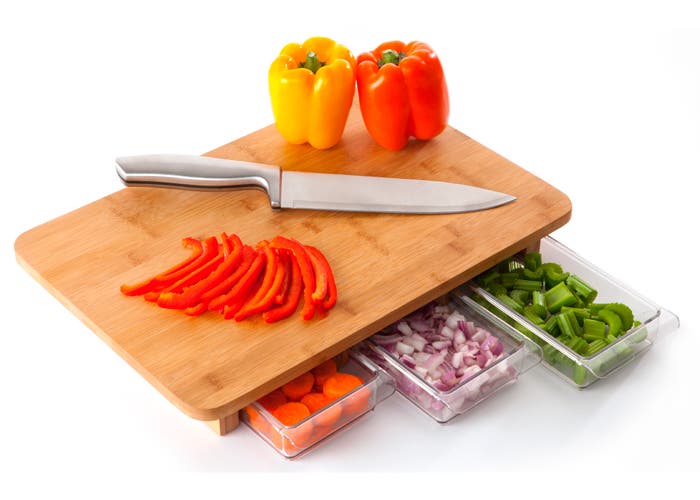
The size of the blade also plays a crucial role. Especially if you’re a beginner since it influences the imbalance and therefore the manageability of the knife.
These are just a couple of considerations to stay in mind before purchasing a kitchen knife. Next, we list the simplest knives consistent with our team of execs.
THE BEST KITCHEN KNIVES WHAT SHOULD YOU LOOK FOR?
When choosing your first western-style chef’s knife, we recommend one that’s made up of high-carbon chrome steel. Other materials are often wont to make fine chef’s knives. But most quality manufacturers prefer high-carbon chrome steel because it offers honest edge retention, toughness, and simple maintenance.
The kitchen knives are one of the tools that we use in our daily lives: we cut, peel, chop, rebanamos, but … you know if you use the most suitable for each case and food?
Choosing the right knife for each situation will make a big difference in your kitchen experience. It will be more comfortable, you will get better results and you will carry out your tasks faster.
THE HILT OR HANDLE OF THE KITCHEN KNIVES
The first thing that is usually observed is what material is the handle:
WOODEN HANDLES
A handle made with good wood is very comfortable and also. Although wood is a porous surface, it is currently pre-treated so its use at home is not problematic.
HANDLES WITH RUBBERIZED COATINGS
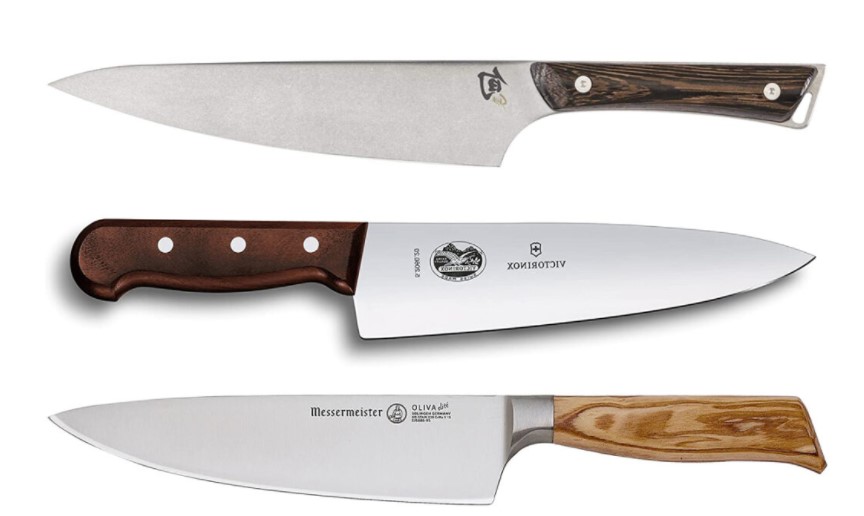
THE BEST KITCHEN KNIVES
Some grips have a good-quality, soft-touch, rubberized coating. This is especially comfortable for long periods of use. But if this option is chosen, it is preferable that the material is not porous to avoid. The problems that bacteria can cause.
METAL HANDLES
There are also knives with metal handles, good-looking, and well-balanced weight. But they have the disadvantage that the knife can slip from a wet hand while cutting.
PLASTIC HANDLES
Many of the inexpensive knives have handles made of plastic materials. In general, its weight is not balanced, making it difficult to use when used for a long time.
POLYOXYMETHYLENE HANDLES
There is also a handle made of very resistant. high hardness material called POM or Polyoxymethylene (handle in black). This should not be confused with the one used in cheap knives. Since this material gives it a higher quality finish than the plastic.
MICARTA MANGOES
Currently, Micarta (Celeron or Phenolic) has also been introduced to the knife handle material options. This material is made with sheets of resin and cloth or paper, subjected to high pressure and temperature, giving rise to a material that is highly resistant to shocks, changes in temperature, humidity, and corrosion in general. In addition, their designs are very versatile and original thanks to the wide variety of “mixes” that can be made.
HANDLES IN OTHER MATERIALS
Finally, we find other materials that are used for the handle. That can be of very high quality (silver and gold, deer antler, woods or exotic roots, etc.). This type of finish is rare in the kitchen knife and more common in the table knife. Although some high-end knives such as the Japanese Shun Damascus or some of the Mac, use pakka wood.
What is suitable for all types of handles is that the shape is ergonomic to facilitate grip. And that the handle has a suitable finish; since if the grip is not perfectly polished and finished. It tends to produce unpleasant “pinches” in the fingers or in the hand during its use.
TYPES OF KITCHEN KNIVES AS THE BLADE IS INSERTED INTO THE HANDLE
Another thing to consider about the handle is how the blade is inserted into it. Or what is technically known by the name of “casing”.
There is always a part of the blade that is inserted into the handle. And this part is known as “rib” or “tang”. Taking into account how the spike is, there are three types of terminations :

- FULL TANG or COMPLETE TANG : In which you can see the complete metal tang up to the end of the knife handle. Generally, it will have three rivets that adjust the grips that are on both sides of the tang.
Knives with these characteristics are considered of higher quality. Their tang is actually the continuation of the blade in a single piece and this is usually almost the same thickness as the blade.
- HALF TANG or PARTIAL TANG : It is a similar type in which the blade extends into the handle but only half or 3/4 of it.
They also usually have 2 or 3 rivets that hold the scales on both sides of the shank.
- HIDDEN or HIDDEN SPIKE : This type of spike is not at all visible through the handle, since it is inserted into the material that composes it. Although it is the continuation of the blade in a single piece of metal, this part is worn down to achieve a thinner continuation of the material, and can even give it the shape of a spine to improve its grip on the handle.
KNIVES BLADE
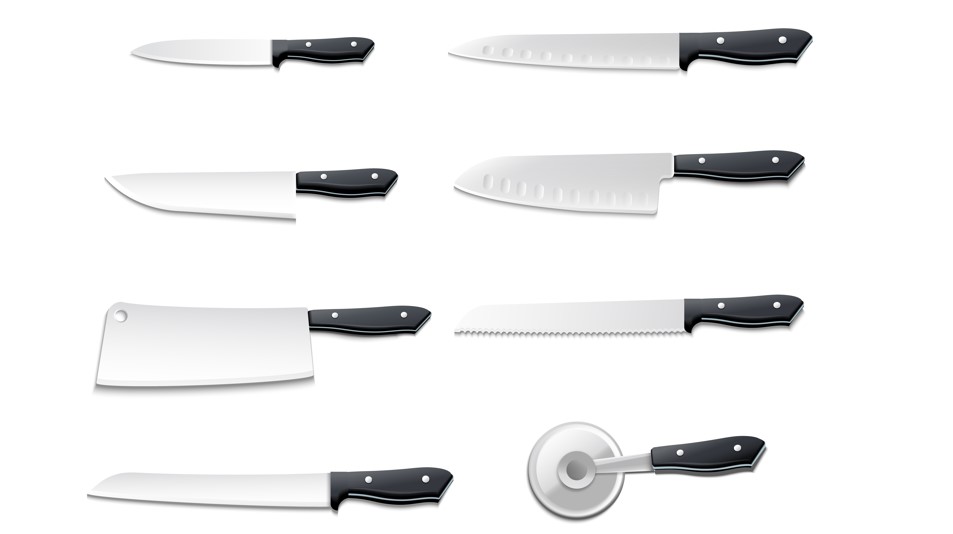
In addition to the characteristics of the handle, the overall weight and balance of a knife are important. The easiest knives to handle are those that have been manufactured with these factors in mind. But if we focus on the weight, it is the blade that has the greatest influence in this regard.
TYPES OF BLADE THAT CAN BE FOUND IN A KITCHEN KNIVES
There are two basic sorts of blades: stamped and forged.
- The stamped blades are manufactured by melting different metals and are shaped with a press tonnage.
- The forged blades are those that are part of steel, are set to red and are shaped with a (manual) hammer or a hydraulic hammer (machining).
Stamped-blade knives tend to be less costly than forged-blade knives.
The three most important qualities of a blade are its cutting ability, the ease of resetting it once dull, and its resistance to rust. These qualities are the result of the good quality of the steel, the correct applied heat treatment, called quenching, and the adequate performance of the subsequent manufacturing processes. They must be built with specialized machinery that does not degrade the metallographic structure achieved by heat treatment.
PARTS OF A KITCHEN KNIVES BLADE
Defense or guard
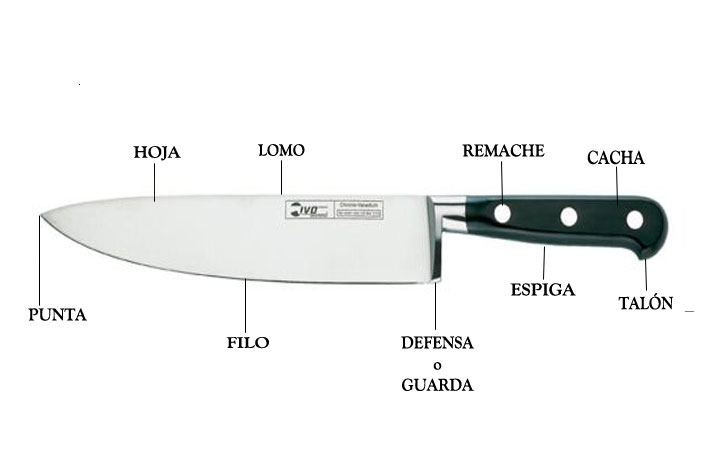
Some knives have a metal part adjacent to the handle called the “defense” or guard, which helps balance the weight of the knife, as well as protecting the hand of the user.
A knife with an integrated metal guard and a blade and tang in one piece is a knife for many years of use.
The loin
Another part to consider is the “loin.” This is the edge directly opposite the cutting side of the blade, that is, the cutting edge. Forged knives have a thicker back because the cutting part of the blade is chamfered, which is not the case with a stamped knife whose thickness is generally more uniform. The tenderloin is occasionally used to crush or crunch things you don’t want to cut.
Tip and edge
The point is the front quarter of the blade and it is with the part that the most delicate work is done. While the edge runs from the point before the guard and it is with the part that most of the cutting work is carried out.
Alveoli
In some types of knives such as santoku knives or ham knives, oval “notches” called alveoli appear along the blade that is very useful, since they will prevent food from sticking.
TYPES OF MATERIALS FOR KITCHEN KNIVES BLADES
There are many types of materials and technologies for making kitchen knife blades. The different existing materials are:
Craft steels :
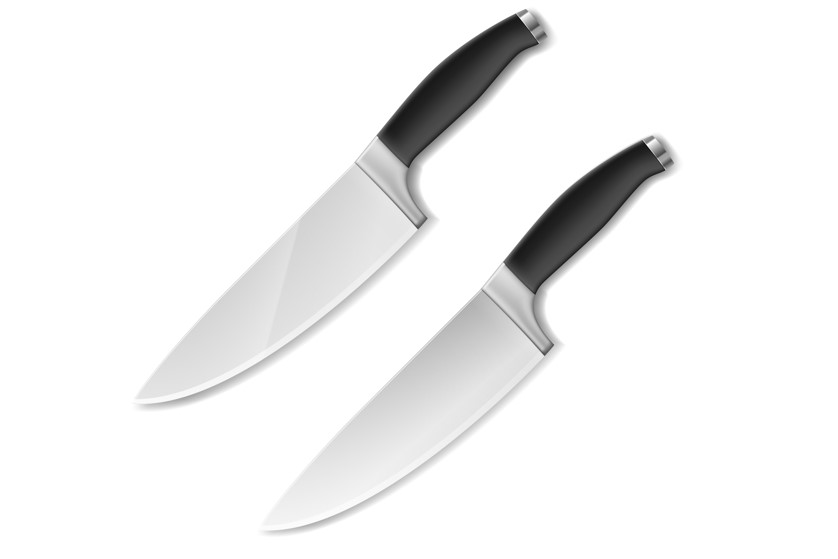
THE BEST KITCHEN KNIVES
They are the ones used in the elaboration of the most manual cutlery.
Carbon steel: the best steel for craft knives. It is not very resistant to rust and requires drying the piece immediately after use. It acquires sharpness quickly and easily and maintains it over time.
BG42, ATS34, and 154CM stainless steel (all of them high-end steels): they have high edge retention and reach great hardness.
Damascus steel: it is one of the oldest steels, more resistant and that better maintains the edge, being for that reason one of the most valued materials in cutlery. It is really steel forged by layers of different carbon content and other elements that result in a very resistant and flexible compound. The hardness, low brittleness, and cutting capacity come from this high amount of carbon and the different treatments to which it is subjected in hot forging and subsequent tempering.
Industrial steels :
• 440 or 420 stainless steel: It is more difficult to re-sharpen but holds the edge well and will not rust or alter with water or moisture.
Other Materials :
- Titanium : The blades made with this metal are stainless and have a weight reduction of up to 40%, compared to similar ones made of steel. Laboratory tests have determined that the metallographic structure of these leaves repels bacteria.
- Ceramic : The great quality of this type of blade is its extraordinary cutting capacity. Which is only comparable to natural diamond. The raw material with which they are made is a mixture of silica with zirconium oxide that is vitrified at more than 3,000ºC. Another advantage of this type of material is that it does not transmit flavors, but on the other hand, it should be noted that it is more delicate and easily damaged.
As you can see, there is much to learn about knives before venturing to choose, however, the user experience with each model will vary, so after knowing all the details, you should choose a knife that is comfortable in your hand and the best possible quality within your budget. It is better to invest in a good quality knife than in three of average quality.
What to seem for when buying a chef’s kitchen knives?

Best Kitchen Knives
As you well know, like any other product, there are a number of small details. That you have to look at to buy a kitchen knife of the best quality, that is why I have listed them for you in terms of relevance, here we go :
- Handle: this is an aspect that you should pay attention to before anything else. Much more if you are a professional dedicated to the kitchen. You will require that the handle be ergonomic, in order to better conform to the hand. Being much more comfortable and pleasant the moment of chopping / chopping the food.
- Blade: it is necessary and very important that the blade has a good resistance for longer life and enjoyment .and also, of course, that it be sharp and meets the necessary demand. But the truth is that thick blades are more used in knives made for filleting meat. Unlike those with thinner sheets, are used for vegetables or fruits.
- Edge: there are two types of edge, serrated and smooth, the first is less used. Although it is preferred to achieve greater strength when chopping bread. Meat and vegetables, while the smooth is mostly used in kitchens and allows a greater control over hand movements.
- Weight: Another point to highlight is its weight, since the lower the weight. The more efficient the cutting process will be and the better the development will be; they are generally approximately 300 grams.
These requirements are necessary if we want to have a good experience of preparing a meal for ourselves or our loved ones. The higher the efficiency, the higher the result, and the higher the result, the greater the happiness; If you have any doubts, do not hesitate to comment on our networks below.
